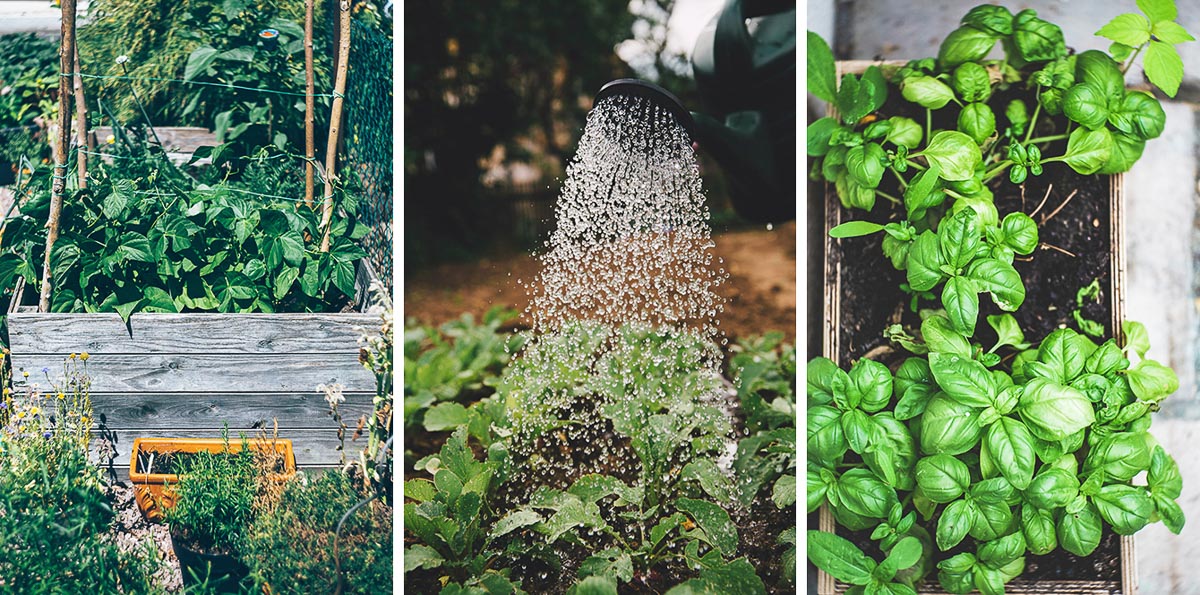See This Report about City Blooming
See This Report about City Blooming
Blog Article
Not known Details About City Blooming
Table of ContentsThe Definitive Guide to City BloomingCity Blooming - The Facts7 Easy Facts About City Blooming ShownFacts About City Blooming UncoveredA Biased View of City Blooming
Interested in expanding food for sale in the City of Chicago? Below is a listing of frequently asked inquiries relating to the rules and laws that farmers must think about when planning an urban agriculture project.
The zoning change does not modify any various other codes handling composting, building licenses, purchasing or leasing City owned home, service licenses or environmental contamination. There are existing codes that manage these problems and they remain in full result and might be appropriate to your task. Area yards are normally possessed or managed by public entities, civic organizations or community-based companies and preserved by volunteers.
Urban ranches grow food that is intended to be offered, either on a nonprofit or for-profit basis. Due to their commercial function, urban farms call for a company license.
Not known Factual Statements About City Blooming
The quantity of compost product can not exceed 25 cubic lawns at any type of given time according to the criteria in 7-28-715 of the City's Municipal Code. Since the dirt at most new garden sites requires changing, garden compost, dirt, timber chips, or various other materials can be gotten to construct or enhance the expanding room.

If a structure authorization is called for then the hoophouse will certainly be considered an accessory building. You can figure out even more regarding the building authorization needs by speaking to the Department of Buildings. The 25,000-square-foot size limit is planned to prevent a solitary neighborhood garden from dominating a provided block or diminishing the block's existing property or business character.
The limit does not use to gardens located in Public Open Area (POS) districts. Can there be greater than one community garden that is 25,000 square feet on a solitary block? Yes. The size limit uses to specific yards, not to private blocks. No. Fencing is not called for, nonetheless, gardens that have huge car parking locations may be required to mount secure fencing or other landscape design functions.
The Best Guide To City Blooming
B1 & B2 areas require that all business usage tasks be performed inside. R districts limit business task. The laws mirror the purpose and intent of the Zoning Code. Is secure fencing required for urban farms? Yes. Fencings might be needed, in addition to landscaping and testing, for particular vehicle parking areas and outdoor job or storage areas depending upon place and the particular activity happening.
Yes. Urban ranches require building permits and zoning authorizations before building that site and construction. Other types of city testimonial might be required depending upon specific structures, activities, dimension, landscape design, licensing, public health and stormwater administration concerns. A number of these requirements are identified in the job layout or allowing process, however, the applicant might be responsible to individually identify particular licenses or allows that may be required.
Yes. The kind of license is identified by what is taking place at the website. The Division of Business Affairs and Customer Security can assist identify the certain type of organization license that's required. Yes. Off road car park is required for a lot of industrial projects in Chicago. The required variety of garage is based on the number of staff members dealing with site and not the square video footage of the growing area.
The 8-Minute Rule for City Blooming

A metropolitan ranch can market compost product produced on site, nonetheless, the operation should abide with the laws in 7-28-715 of the Chicago Municipal Code. Aquaponic systems are enabled inside your home on city ranches in numerous zoning districts.
Up to five hives or swarms of honey may be maintained as an accessory use. Nonetheless, beekeepers should sign up with the Illinois Division of Farming. To learn more about the proposed zoning modification you might contact the Department of Housing and Economic Development, Bureau of Preparation and Zoning at 312.744.8563.
, which takes place in country locations at the side of suburban areas.
What Does City Blooming Do?
, who seek to form social networks started on a shared values of nature and community holism. These networks can create by means of formal institutional support, becoming incorporated right into regional town preparation as a "change community" motion for lasting urban growth.
Some of the very first evidence of metropolitan agriculture comes from Mesopotamia.
Report this page